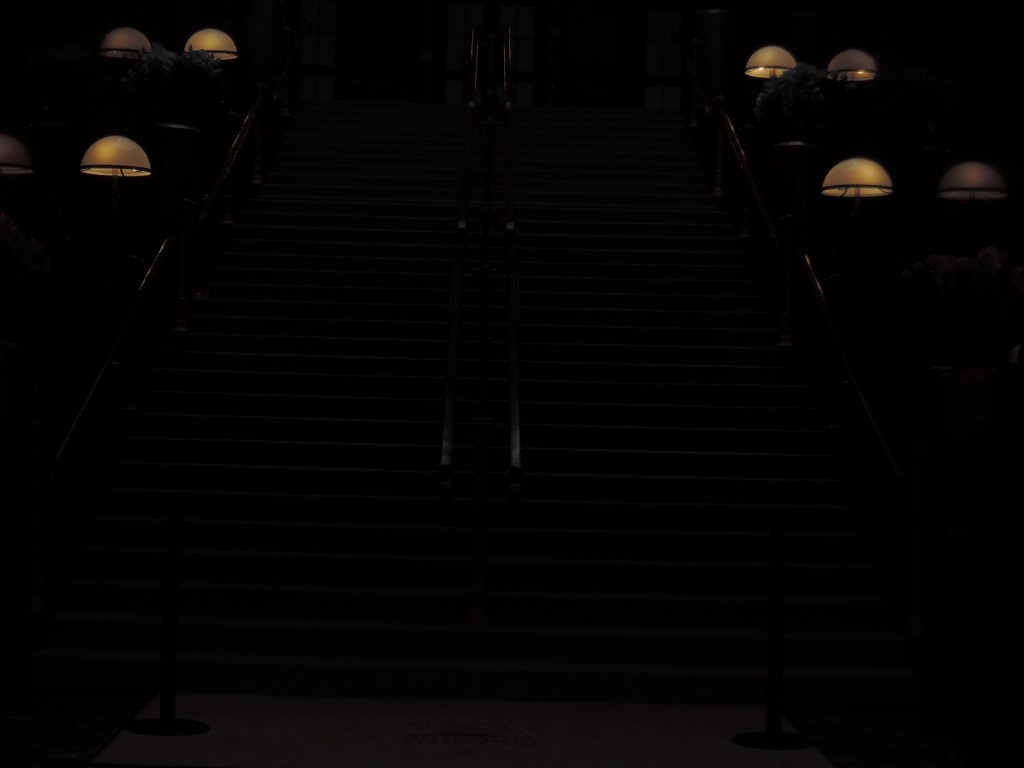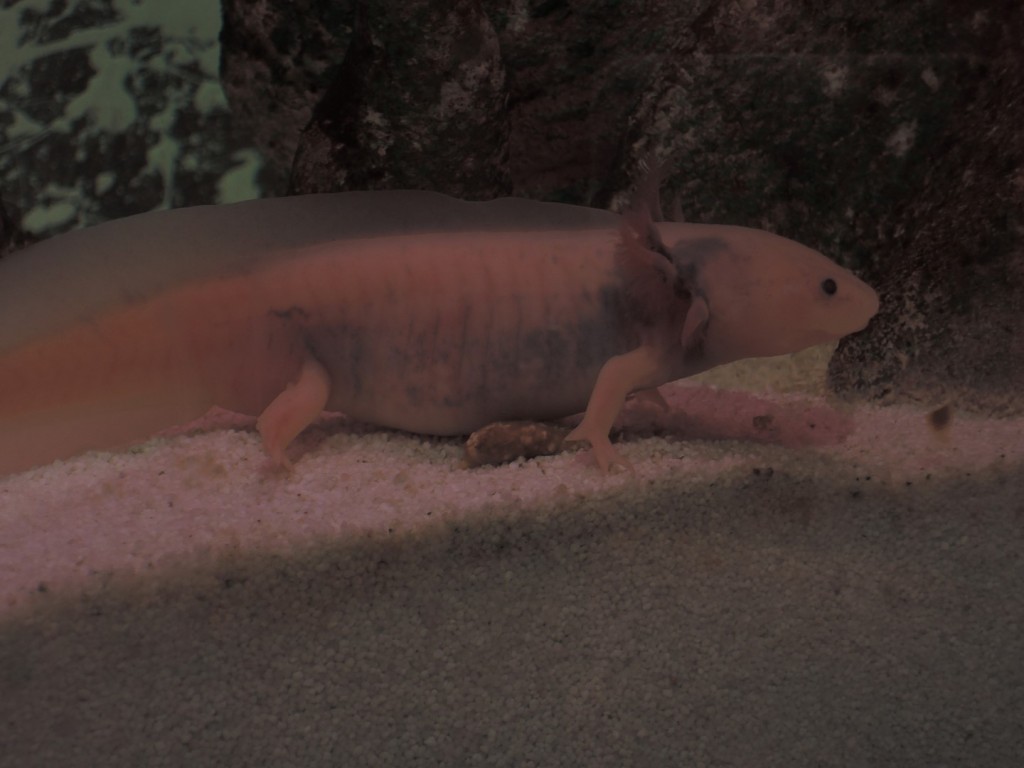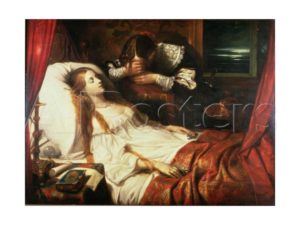input
karlsruhe, germany 07022017-12022017




mexican walking fish from michael müller, "SKITS. 13 Exhibitions in 9 Rooms" (26.11.2016 – 19.02.2017) at the staatliche kunsthalle, baden-baden, germany
.input
karlsruhe, germany 07022017-12022017




mexican walking fish from michael müller, "SKITS. 13 Exhibitions in 9 Rooms" (26.11.2016 – 19.02.2017) at the staatliche kunsthalle, baden-baden, germany
.Walter, T. (1994) The Revival of Death. London: Routledge.
Chapter 4: Traditional, Modern and Neo-Modern Death
Traditional - infectious diseases. Modern - cancer, but dying person didn't know about it. Neo-modern - prolonged death, 'living with...cancer / HIV / heart disease.. '. see Lofland (1978).
"the impact of death on society is usually reduced by reducing the social importance of those who die" (Blauner, 1966 in Walter, 1994: 50)."Thus social death of the elderly often occurs before physical death" (Morley, 1971 in Water, 1994: 51).
Social context. Traditional - community. Modern - separate private family and public work, etc. Neo-modern - private made public and global contact, due to, "twin features of postmodernism; advanced communications systems and the celebration of inner experience" (Walter, 1994).
Personhood. Traditional - I belong. If I leave, I don't belong. Modern - I discover my identity through the family. Neo-Modern - I create multiple identities. Americans constantly create identity, whereas English find identity in class, Italians in gender stereotypes (Walter, 1994: 53).
The journey. "A spiritual journey became physical, which in turn is becoming emotional" (Walter, 1994: 57).
CONTRADICTION BETWEEN TYPES (traditional, modern neo-modern).
.Walter, T. (1999) On Bereavement: The culture of grief. Philadelphia: Open University Press.
Prologue - with Fiona, covers main concepts Chapter 7. Guidelines for grief: historical background. 1500-1600 public grief same as contemporary England, but increasing introspection (diary writing, poetry.. ) 1700s graveyard poetry flourished. "Draper observes that reason thinks in terms of abstractions and generalisations, emotions in terms of the specific and the particular" (Draper in Walter, 1999: 128). Cult of the cemetery. Enlightenment grief - condolence. Sympathy. Mimicry of emotions and physical grieving. Adam Smith, 1759. Victorian grieving (high point 1850-1890) - women did majority of mourning - workers mourned bosses, not vice versa - women lost status with husband - rules on how long to mourn for - female emancipation, decline in female mourning (no long status lost with death - 1890 - "the suffragettes and collapse of Victorian mourning have the same inspiration" (Walter, 131). Critics of Western way of mourning (see Gorer, 1965) blame loss of ritual and guidelines. Do not want to impose these, so suggest personalised rituals Thomas Barker The Bride of Death (1838) ((IMAGE)) "By the First World War, stoicism had replaced keening as the dominant response to loss" (Walter, 1999: 132). Lottery whose son died/house was hit. Knowing you were not the only one may have helped. **NOTE** in war, you are very aware that lots of people will die but anyway, lots of people do. It helps to connect to this awareness and know that, "you are not the only one whom fate had touched" (Walter 1999:133).
1800s - grief became feminine, not manly (public school boys) - tears are gendered debate, gendered history (Walter, 1999: 134).
SHIFT IN GAZE (what is looked at in death). Middle ages - soul. Early modern - corpse (humanist doctors & artists - Protestants don't pray for soul - public health, too many bodies) - post-1960s, shifted to bereaved (bereavement literature says emotions are good). (page 135)
Comforters' gaze also shifted, from body (clothing) to emotions.
Mourning dress comeback? Andre Agassi..((IMAGE))
"By the First World War, stoicism had replaced keening as the dominant response to loss" (Walter, 1999: 132). Lottery whose son died/house was hit. Knowing you were not the only one may have helped. **NOTE** in war, you are very aware that lots of people will die but anyway, lots of people do. It helps to connect to this awareness and know that, "you are not the only one whom fate had touched" (Walter 1999:133).
1800s - grief became feminine, not manly (public school boys) - tears are gendered debate, gendered history (Walter, 1999: 134).
SHIFT IN GAZE (what is looked at in death). Middle ages - soul. Early modern - corpse (humanist doctors & artists - Protestants don't pray for soul - public health, too many bodies) - post-1960s, shifted to bereaved (bereavement literature says emotions are good). (page 135)
Comforters' gaze also shifted, from body (clothing) to emotions.
Mourning dress comeback? Andre Agassi..((IMAGE))
 Chapter 10. Viva la difference? The politics of gender.
Palliative care, dying required to speak of feelings: battle against medical establishment (Frank, 1995)? Battle within medical establishment (Arney and Bergen, 1984). In terms of the bereaved's expression of grief, the "main object of attack is not grief's medicalization, but a general culture of containment and control" (Walter, 1999: 160).
Wortman and Silver (1989), modified by Stroebe et al. (1994) say 3 emotional paths through grief:
1. Moving over time from distress to emotional stability. (expressivist clinical lore / contemporary Egypt / rural Greece / Victorian upper class women)
2. Never showing distress. (20th century popular culture / Navaho / Hopi / Balinese)
3. Staying distressed indefinitely. (Hindu widows)
Other researches add: 4. Moving over time from not showing distress, to showing it. (Only in short-term, until after the funeral)
Gender issue. Simonds and Rothman, feminists, "observe that virtually all late twentieth-century consolation books take it as axiomatic that the father's grief is as intense as the mother's, but he rarely shows it" (Walter, 1999: 172). (..see Simonds and Rothman, 1992:185)
Ingrian lamenting (Nenola-Kallio, 1982).
**NOTE: BUT CAN GRIEF EVEN BE QUANTIFIED, WALTER? re: do men grieve as much as women. pages 173-** .
Chapter 10. Viva la difference? The politics of gender.
Palliative care, dying required to speak of feelings: battle against medical establishment (Frank, 1995)? Battle within medical establishment (Arney and Bergen, 1984). In terms of the bereaved's expression of grief, the "main object of attack is not grief's medicalization, but a general culture of containment and control" (Walter, 1999: 160).
Wortman and Silver (1989), modified by Stroebe et al. (1994) say 3 emotional paths through grief:
1. Moving over time from distress to emotional stability. (expressivist clinical lore / contemporary Egypt / rural Greece / Victorian upper class women)
2. Never showing distress. (20th century popular culture / Navaho / Hopi / Balinese)
3. Staying distressed indefinitely. (Hindu widows)
Other researches add: 4. Moving over time from not showing distress, to showing it. (Only in short-term, until after the funeral)
Gender issue. Simonds and Rothman, feminists, "observe that virtually all late twentieth-century consolation books take it as axiomatic that the father's grief is as intense as the mother's, but he rarely shows it" (Walter, 1999: 172). (..see Simonds and Rothman, 1992:185)
Ingrian lamenting (Nenola-Kallio, 1982).
**NOTE: BUT CAN GRIEF EVEN BE QUANTIFIED, WALTER? re: do men grieve as much as women. pages 173-** .Hertz 2007 Pacific Mortuary. Robert Hertz's seminal essay and mortuary rites in the Pacific region - Eric VANBRUX
van Gennep & Hertz published in English at the same time. Different - Hertz considered 2nd burial & emotional impact of death.
"Death is fully consummated only when decomposition has ended; only then does the deceased cease to belong to this world so as to enter another life" (1960_ 47).
These Oceanists examine cross-culturally.
Hertz's 1907 was really important, say Davies, Palgi and Abramovitch, and Robben. Parking though things it needs to be taken further. Metcalf & Huntington (1991) do this - symbolism, liminal stage focus. Blcoh and Parry (1982) - fertility. Evans-Pritchard (praises and) criticises. "dichotomy of sacred/profane" + "collective consciousness" need explaining.
The volume Of Relations and the Death by Barraud et al. (1994) "focuses on something given insufficient attention by Hertz, namely the exchanges involved in mortuary ritual." (oceanists)
In addition Hertz's model linking the period of mourning to the procedure of bodily decom-position and ideas about the journey of the soul strongly suggests a patterning of the bereaved's emotions over time" (oceanists: 8).
Elisabetta Gnecchi-Ruscone's fine article 'Parallel journeys in Korafe women's laments (Oro Province, Papua New Guinea)
Metcalf Peter and Richard Huntington, 1991. Celebrations of Death: The Anthropology of Mortuary Ritual, Second Edition, Cambridge, Cambridge University Press.
Palgi Phyllis and Henry Abramovitch, 1984. Death: A Cross-Cultural Perspective, Annual Review of Anthropology 13, PP. 385-411.
Hertz 2004
In 'our society', death happens in an instance. Not so in 'primitive' societies, as shown by the double burial.
"the body of the deceased, while awaiting the second burial, is temporarily deposited in a burial-place distinct from the final one; it is almost invariably isolated" (198).
" it also imposes on the survivors the duty of keeping the deceased company during this dreaded period, to keep watch by his side and to beat gongs frequently in order to keep malignant spirits at bay. Thus the corpse, afflicted by a special infirmity, is an object of solicitude for the survivors at the same time as an object of fear" (199).
"This state of the soul, both pitiful and dangerous, during this confused period explains the complex attitude of the living in which pity and fear are mixed in variable proportions. They try to provide for the needs of the deceased and to ease his condition; but at the same time they remain on thedefensive and refrain from contacts which they know to be harmful" (199).
relatives of deceased sit in a corner - tabooed, unhelped by 'powers above', life changed. They no longer belong to the community (temporarily).
1. Death is not instantaneous. 2. Death is transition, not destruction.
LINKED: disintegration of body : fate of soul : state of survivors
FINAL BURIAL - soul is no longer isolated, joins ancestors.
"Sometimes the deceased himself is accused: 'What cause did you have, you ingrate, to forsake us?' And he is summoned to return. More often the near relatives are accused of culpable negligence or of witchcraft; the sorcerers must at all costs be discovered and executed; or, finally, curses are directed against the murderous spirits, as by the Naga, for instance, who threaten them with their spears and defy them to appear" (208).
similarity with adulthood - birth - marriage
"...participation in the same social life creates ties which are not to be severed in one day" (210).
"... it is because society, disturbed by the show, must gradually regain its balance; and because the double mental process of disintegration and synthesis that the integration of an individual into a new world supposes, is accomplished in a molecular fasion, as it were, which requires time" (210).
" It seems, in the most typical cases at least, that the transitory period extends indefinitely for these victims of a special malediction and that their death has no end" (211).
Article about Hertz on module
.Chidester, D (2002) Patterns of Transcendence: Religion, Death and Dying Wadsworth: Thomson Learning.
'The earliest records for the history of religions are bones.' Religious belief because 1. red ochre (blood and life) 2. placement of objects (for use in next life) and 3. big effort in burial. (p.1) John 'Lubbock argued that dreams were the basis of belief in another life' (p.2). Students abandoned this (because "primordial stupidity")....
CONTINUE READING, PLEASE
.Copyright © 2025 | MH Purity lite WordPress Theme by MH Themes